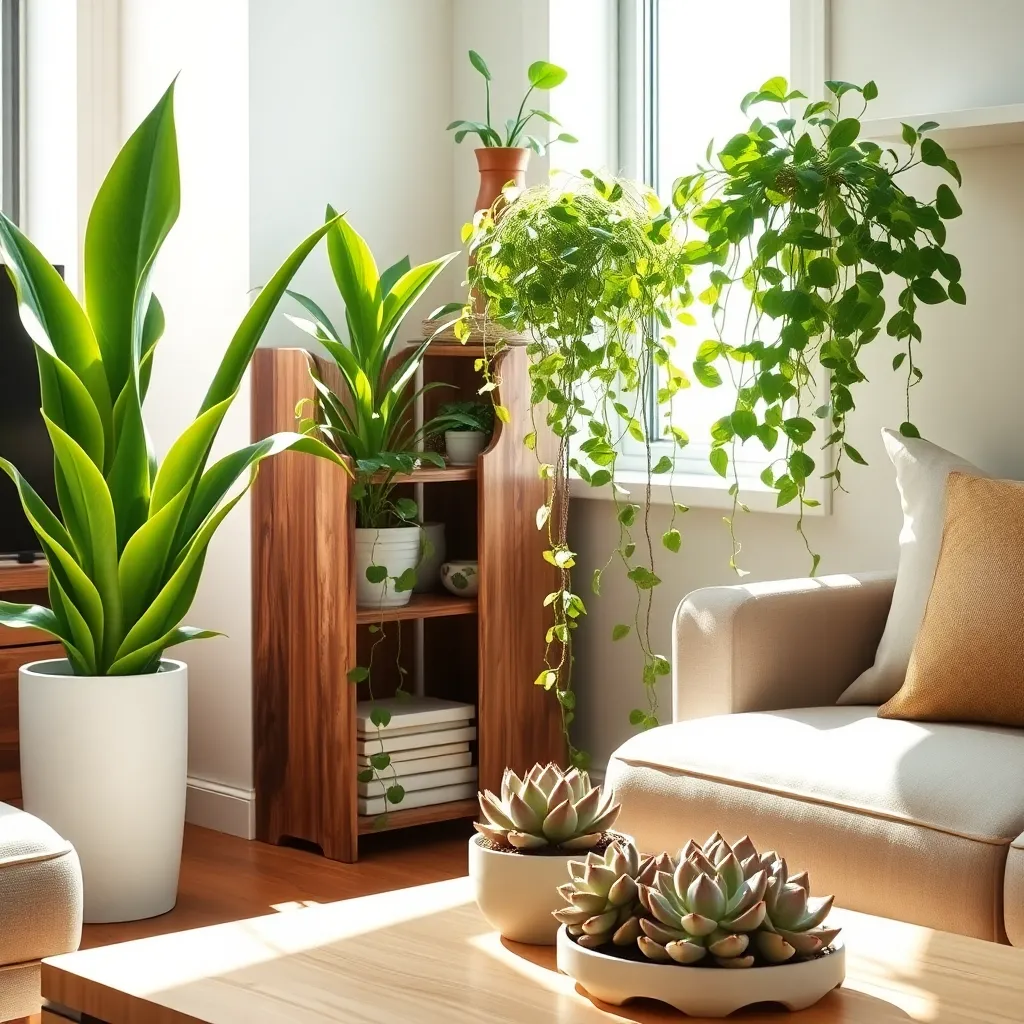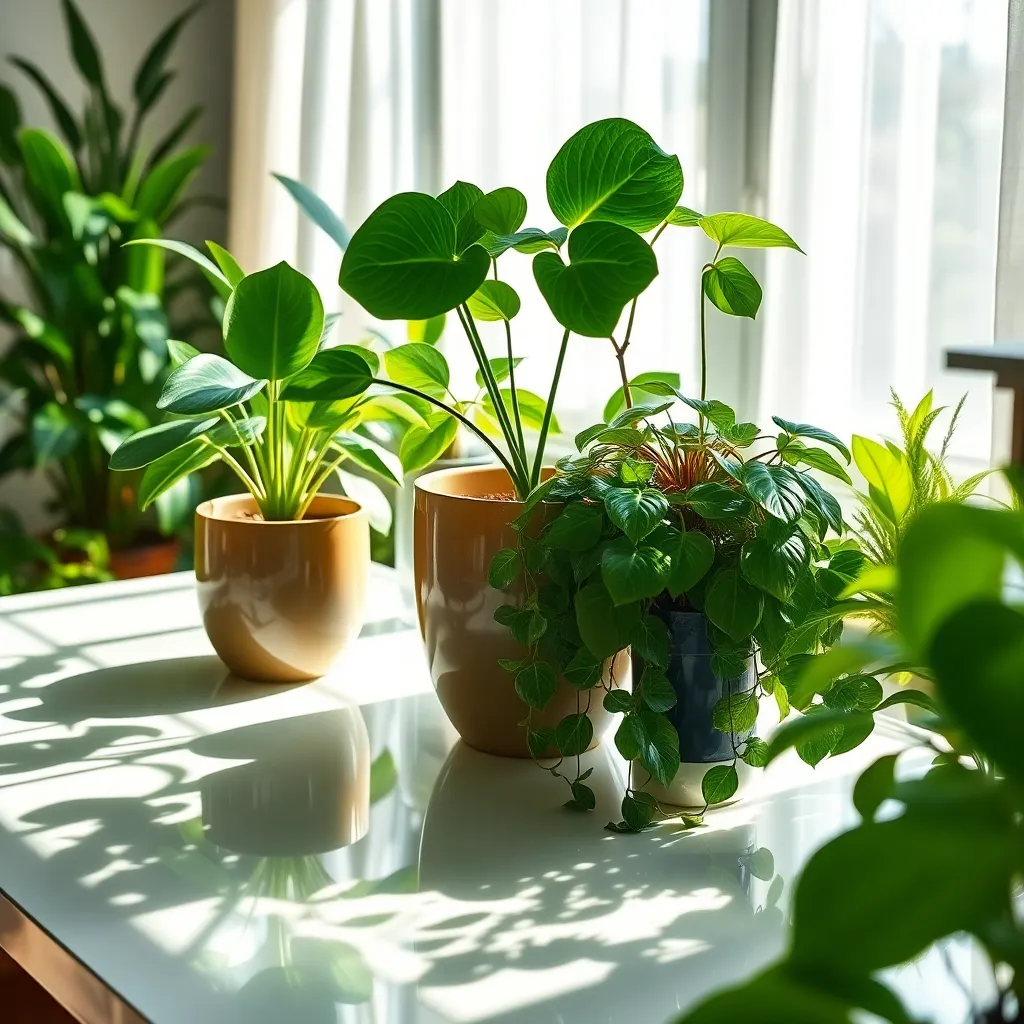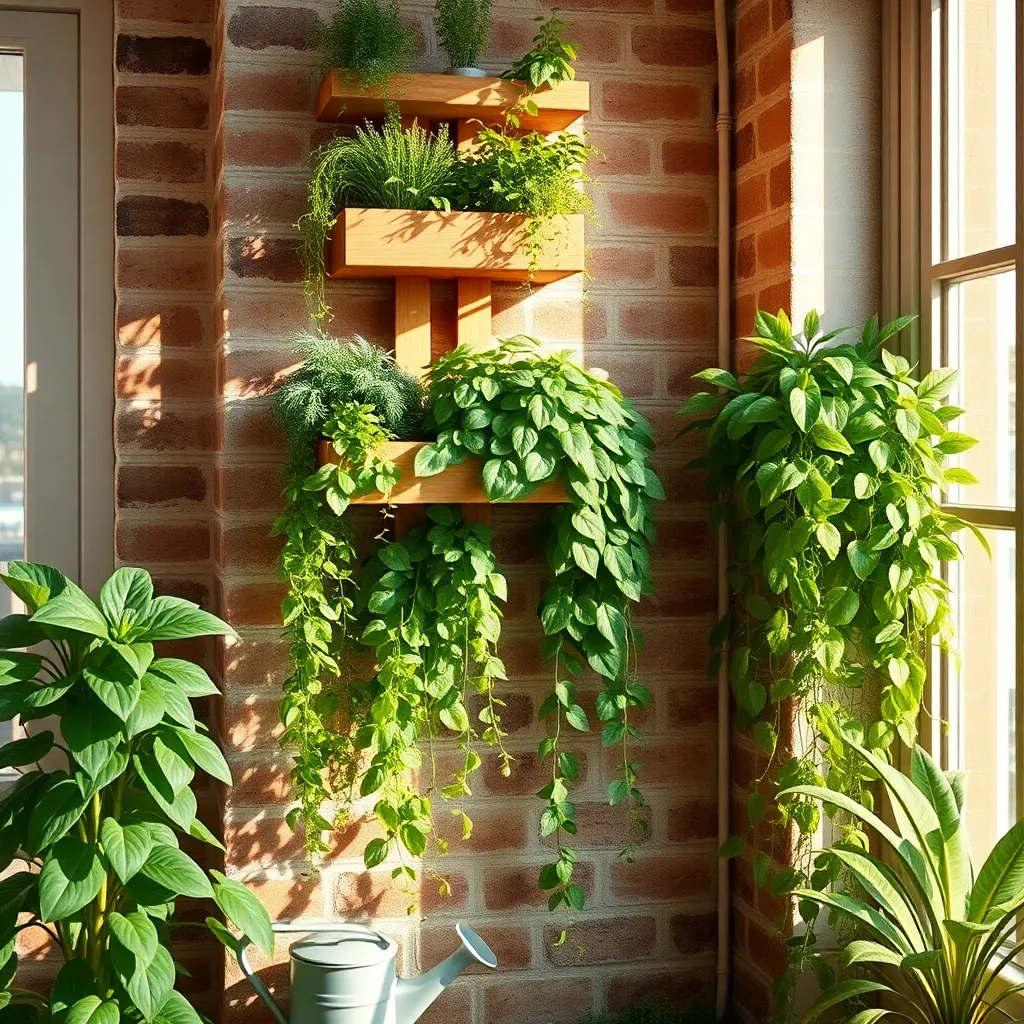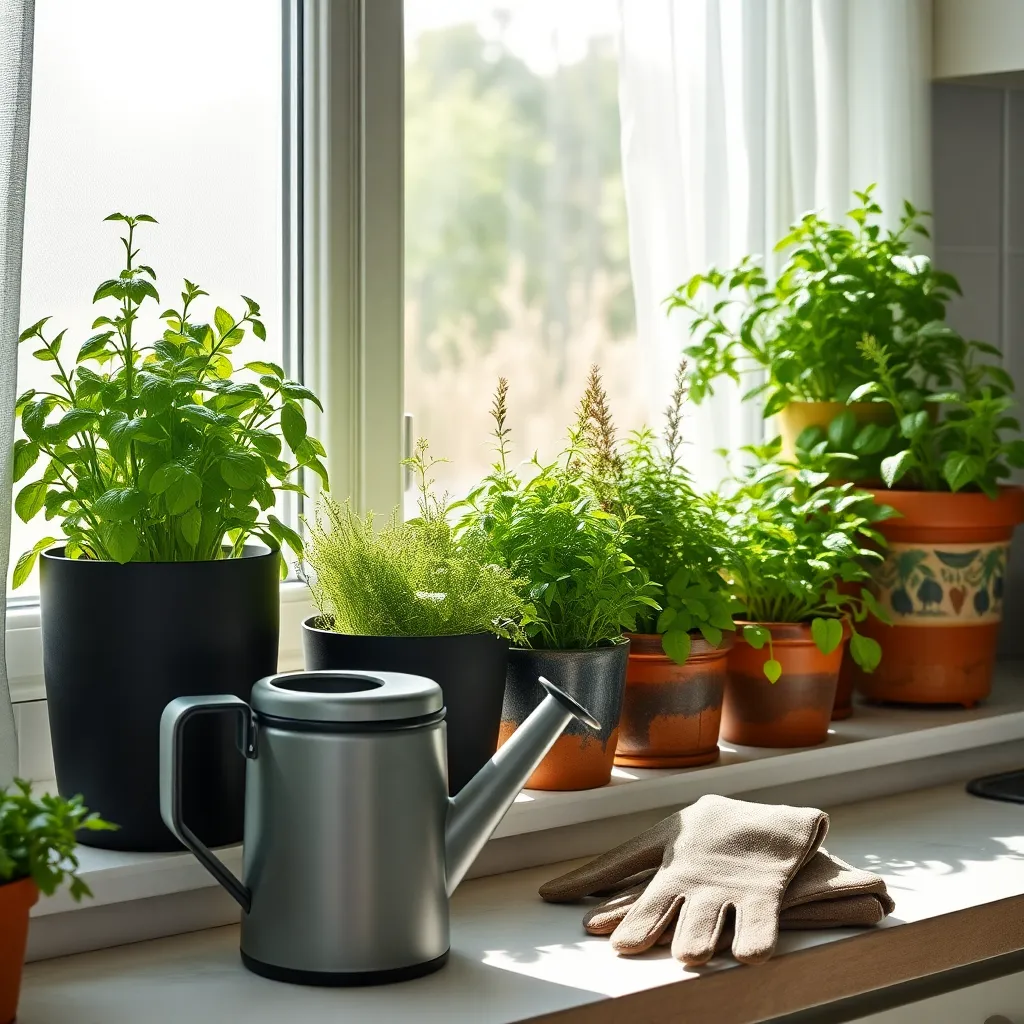Welcome to “Easy Indoor Garden Ideas,” where the joy of gardening meets the comfort of your home. Whether you’re just beginning your green-thumb journey or have years of experience nurturing plants, this guide is crafted to inspire and empower you with simple yet innovative garden designs.
Indoor gardening offers a sanctuary of lush greenery and vibrant blooms, providing practical benefits like cleaner air and a serene atmosphere. Our curated list of ideas will equip you with the knowledge and confidence to transform any indoor space into a thriving oasis, making the process both rewarding and achievable.
Dive into the heartwarming experience of watching your indoor garden flourish, knowing each step is designed for success. With our expert tips and creative techniques, you’ll discover the endless possibilities of indoor gardening, bringing nature’s wonders into your everyday life.
Choose Low-Maintenance Plant Varieties

When selecting plants for your indoor garden, consider varieties that require minimal care to thrive. Succulents like jade and aloe vera are excellent choices, as they only need watering once every two to three weeks and can tolerate a range of light conditions.
For those new to gardening, pothos is a great starter plant because of its resilience and adaptability. It grows well in a variety of lighting, from low light to bright, indirect light, and only requires watering when the top inch of soil feels dry.
Another low-maintenance option is the snake plant, which can survive in low light and doesn’t need frequent watering, making it perfect for busy individuals. Use a well-draining potting mix and ensure the pot has drainage holes to avoid root rot.
Experienced gardeners might appreciate the challenge of growing a ZZ plant, which thrives even in neglect. Allow the soil to dry out completely between waterings, and provide bright, indirect light for optimal growth, though it can also tolerate low light conditions.
Maximize Light with Reflective Surfaces

To make the most of the natural light available in your indoor garden, consider using reflective surfaces strategically. Mirrors, white walls, and even aluminum foil can help bounce light around a room, ensuring your plants receive more of the essential sunlight they need to thrive.
Positioning mirrors opposite windows can significantly increase light exposure for plants in dim corners. This technique is particularly useful during the winter months when daylight is limited, allowing your plants to continue photosynthesizing effectively.
For a simple and budget-friendly option, line plant trays with aluminum foil. This not only reflects light but also helps in retaining heat, creating a warm environment that some plants, like succulents and cacti, prefer.
Incorporating white or light-colored surfaces into your indoor garden setup further enhances light reflection. Opt for light-colored pots or shelves to maximize the light your plants receive, which is especially beneficial for species that require bright, indirect sunlight.
Utilize Vertical Space Efficiently

Vertical gardening is a smart way to maximize space, especially in small indoor areas. By utilizing vertical space, you can grow a variety of plants without cluttering your horizontal surfaces.
Choose plants that naturally grow upwards, such as vines or climbing plants, to make the most of vertical space. Consider species like pothos, ivy, or philodendrons, which thrive in indoor environments and can be trained to climb.
Use wall-mounted planters or hanging baskets to elevate plants off the ground. These options not only save space but also add visual interest and greenery at different eye levels in your home.
For those looking for a more advanced option, consider installing a vertical garden system with a built-in irrigation system. This setup ensures that plants receive consistent moisture, which is crucial for maintaining healthy growth.
Incorporate Self-Watering Planters

Self-watering planters are a fantastic solution for maintaining healthy plants with minimal effort. They work by using a reservoir system that allows plants to absorb water as needed, reducing the risk of overwatering or underwatering.
These planters are particularly beneficial for busy gardeners or those new to plant care. By providing a consistent water supply, they help maintain optimal soil moisture, which is crucial for plant health.
For best results, choose a planter with a reservoir capacity that matches your plant’s water needs. Larger plants, such as peace lilies or fiddle leaf figs, may require a larger reservoir to ensure they have sufficient moisture.
When using self-watering planters, it’s important to use a well-draining potting mix to prevent waterlogging. A mix that includes perlite or coarse sand will help maintain the right balance of moisture and aeration.
Experienced gardeners can optimize their self-watering systems by adjusting the reservoir refill schedule based on seasonal changes. During warmer months, plants might use more water, so check the reservoir regularly to ensure it doesn’t dry out.
Rotate Plants for Even Growth

To achieve even growth in your indoor plants, regularly rotate their pots to ensure all sides receive adequate sunlight. This simple practice prevents your plants from leaning towards one direction and encourages symmetrical growth, making them healthier and more aesthetically pleasing.
Position your plants in a well-lit area, and turn them slightly every week. This helps maintain balanced light exposure, which is crucial for the overall health of your plants, particularly those that thrive in bright, indirect light, like snake plants and pothos.
For plants that are particularly sensitive to light, like herbs and succulents, rotating them can prevent legginess and promote bushier growth. By doing so, you ensure that the entire plant can photosynthesize efficiently, which is vital for its development.
Advanced gardeners might consider using a plant light meter to measure light intensity and adjust plant placement accordingly. This tool can help you fine-tune the positioning of your plants to ensure they are getting just the right amount of light, enhancing their growth and vigor.
Conclusion: Growing Success with These Plants
As we conclude our exploration of “Easy Indoor Garden Ideas” for nurturing relationships, let’s revisit the five key concepts that can transform your home and your bonds. First, creating shared projects, like a windowsill herb garden, fosters teamwork and communication. Second, tending to plants together is a metaphor for nurturing your relationship—consistent care leads to growth. Third, using nature as a calming influence can reduce stress and enhance connection. Fourth, designing spaces that invite conversation, such as a cozy indoor garden nook, encourages meaningful interactions. Lastly, celebrating small victories—like the first bloom—reinforces positivity and shared joy.
To put these ideas into action, choose one plant project to start with your partner today. Whether it’s repotting a beloved plant or designing a new green corner, let this act be a symbol of mutual growth.
Remember, the journey to relationship success is ongoing, and each step is an opportunity to deepen your connection. Bookmark this article for a handy guide on your path to a thriving partnership. Embrace these ideas, and watch as your relationship flourishes, much like a well-tended garden, with time, effort, and love.
